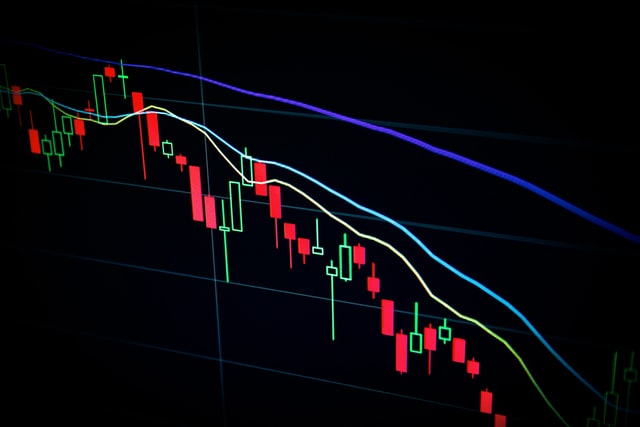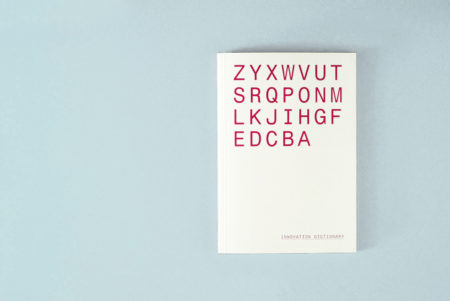
News
I+D+i
Research & Innovation Days are here!
As announced back in February, on June 23rd and 24th, Research an Innovation Days will take place in the form of an online event, which will gather experts, companies, entrepreneurs and general public, to debate and shape the future of Research, Development and Innovation.



